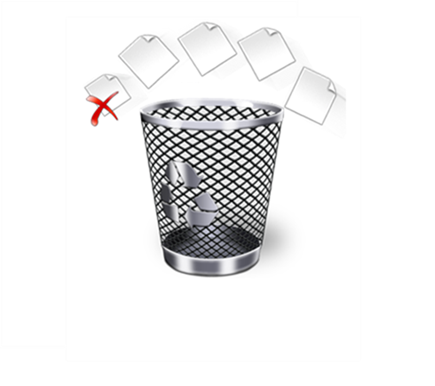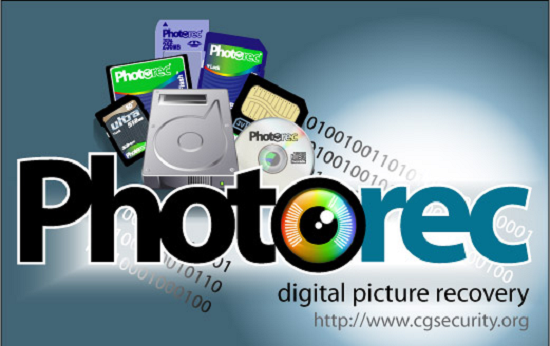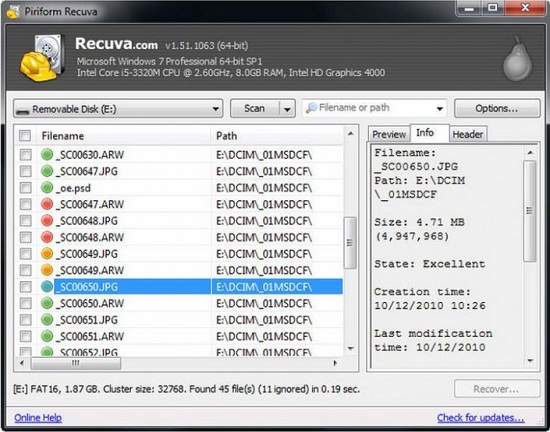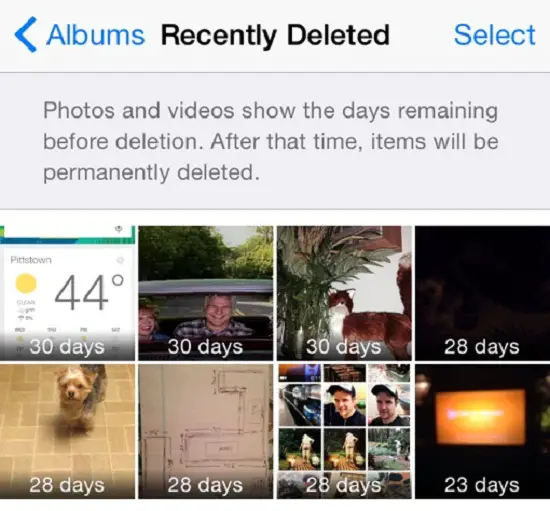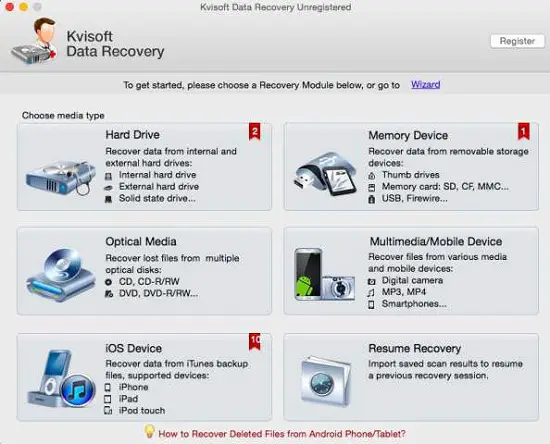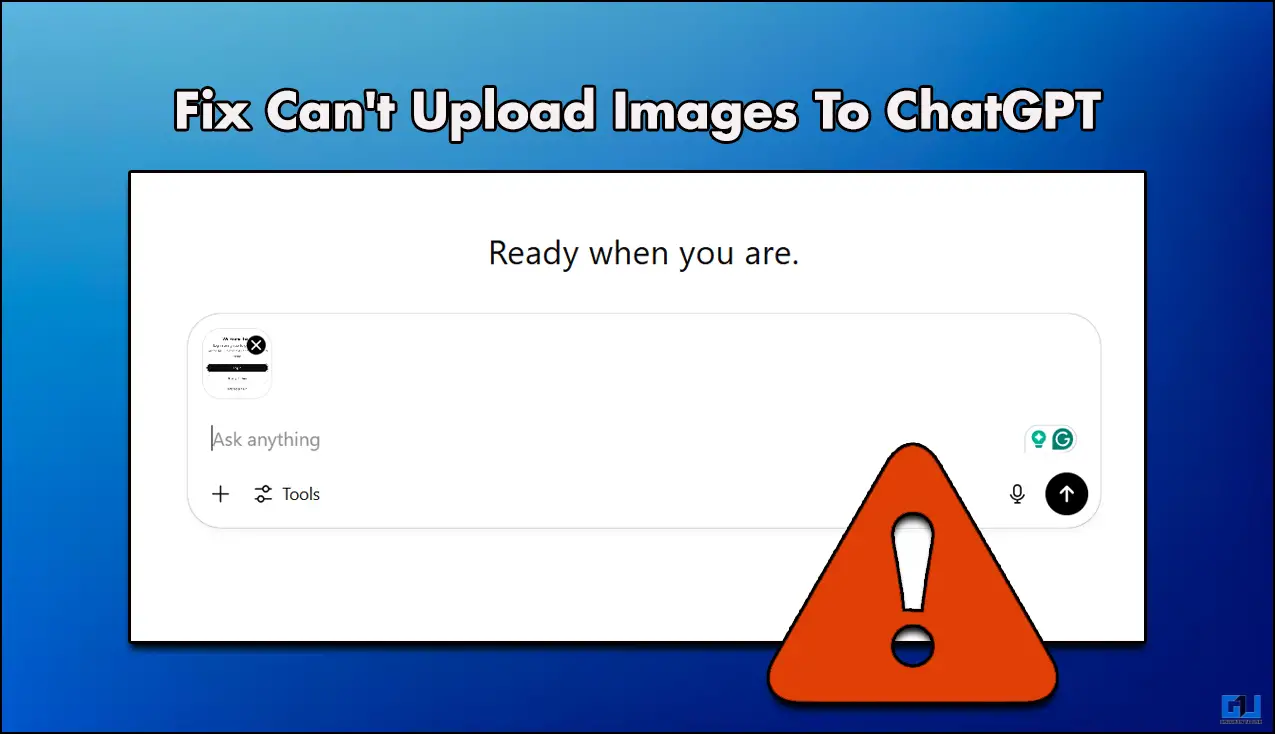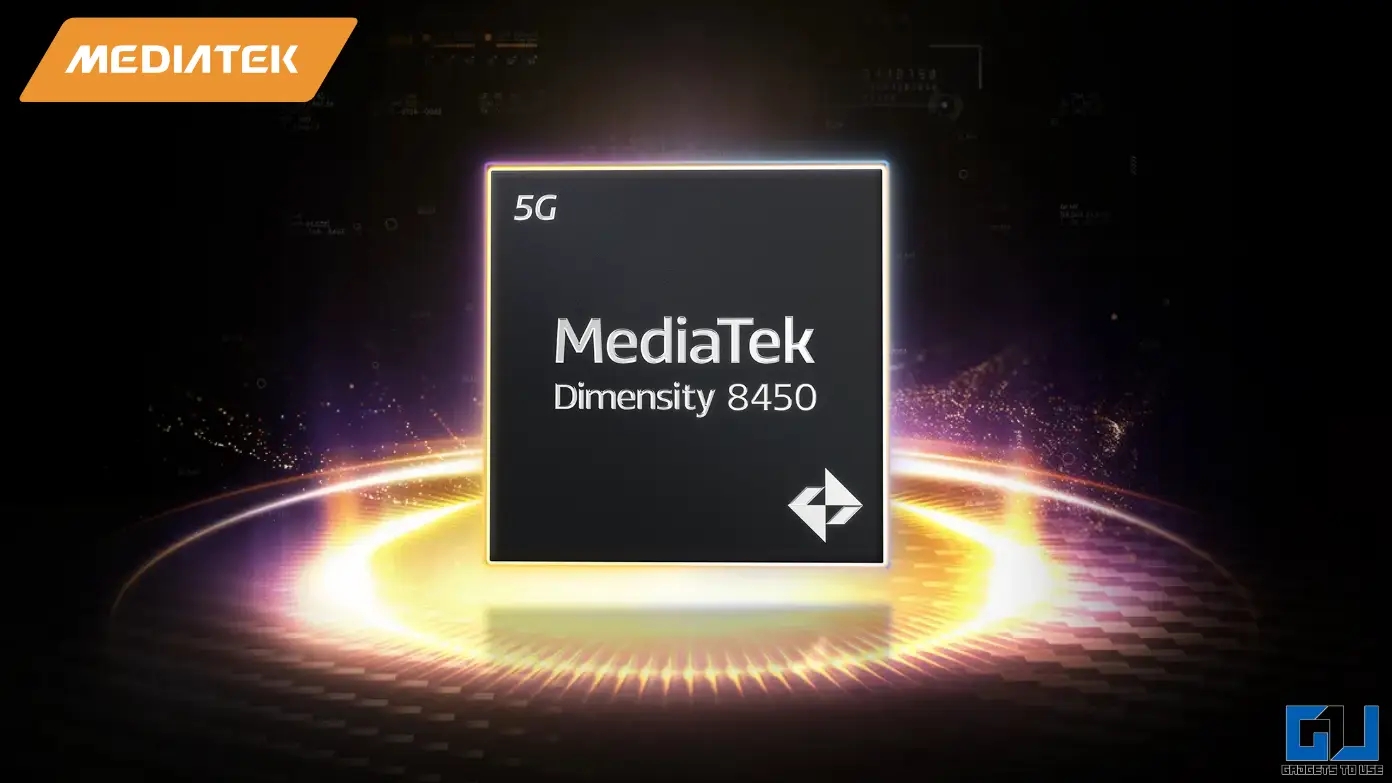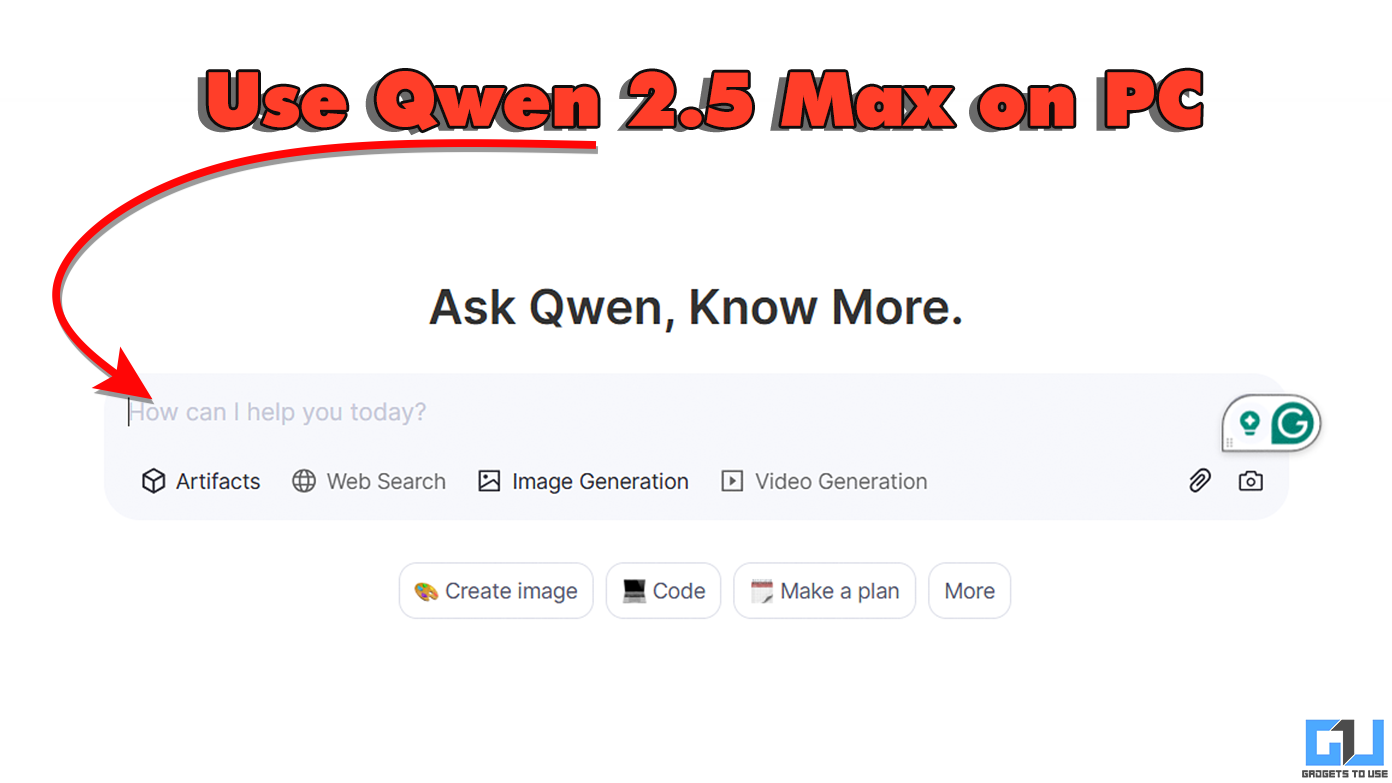Quick Answer
- If you use an Android smartphone with a memory card slot, and if you have the habit of storing all the photos and videos on the external card, you can recover the deleted ones using recovery software such as PhotoRec and Recuva that are mentioned above.
- Once you connect your memory card to the computer or laptop, you will have to start Recuva and select the file type you are looking to recover.
- To start with the recovery process on Apple iPhones running on iOS 8, you will have to go to the Photos app and tap Albums.
Sometimes you might unintentionally delete your photos and videos from your smartphone. At times, accidentally you might have formatted the memory card used in your device that has cleaned up all the stuff stored on it. If this you have realized doing any of it, sit back and relax. There is a simple way to recover the deleted data from your smartphone as well a memory card.
Well, there are several options that can be carried out to recover the deleted files on your device or memory card. Some methods require a card reader, the memory card in question and a laptop or computer. We have come up with some methods that you can try out to recover the files.
Recovering Deleted Files from Memory Card
Deleting photos from a memory card does not mean that the data is completely erased. The data will still be there, but the system will allot the space for other files to use. Hence, make sure that after you realize that the contents stored on the memory card have been deleted, you do not continue clicking more snaps. This might overwrite the space of the photos that were deleted. Also, ensure that you have not used any permanent deletion software. If you have done any of these there is a possibility that your files cannot be recovered forever.
Recommended: How to Permanently Delete Your Private Files When You Sell your Android
PhotoRec
PhotoRec by CG Security is a free software that is compatible to use with Windows and Mac. To start with the process or recovery, connect your memory card to your computer and launch PhotoRec. Select the desired media card from the list using arrow keys. After this, select the option reading FAT32 and choose Other. The next screen will prompt you with two options – Free and Whole. To recover the deleted files you will have select Free and if there are issues such as corruption of the entire card, select Whole.
The software will require you to choose a location to save the recovered files. After you confirm the location by pressing ‘C’, PhotoRec will commence the recovery process.
Recuva
An alternative to PhotoRec with a simpler user interface is Recuva. Once you connect your memory card to the computer or laptop, you will have to start Recuva and select the file type you are looking to recover. Besides photos and videos, this software lets you recover other files such as documents, music, emails and more. After choosing the desired file types that need recovery, click on Next. Now, choose the destination to store the recovered files in your computer.
Recovering Deleted Files from iPhone
With the iOS 8, Apple has brought in features to retrieve photos and videos that were deleted from the device. To do so, you will have to follow the steps mentioned below. But do keep in mind that this feature in the platform will support recovery of photos and videos that were deleted within 30 days. Once that time period is crossed, the files cannot be recovered and they are considered to be deleted permanently. There is a possibility to retrieve older deleted content, but you need to rely on a third party photo recovery app for the purpose.
To start with the recovery process on Apple iPhones running on iOS 8, you will have to go to the Photos app and tap Albums. Scroll through the list and hit Recently Deleted. This folder will have the recently deleted photos and videos. Find for the missing photo or video from the album and tap on it. Hit the Recover option that will add the particular file back to the photo album.
Recommended: How to Reply to WhatsApp, Hangouts, FB and Other Messages From Your PC
Recovering Files on Android Devices
If you use an Android smartphone with a memory card slot, and if you have the habit of storing all the photos and videos on the external card, you can recover the deleted ones using recovery software such as PhotoRec and Recuva that are mentioned above. On the other hand, if the content was stored on the internal storage space of your Android, you can try other recovery software as follows.
Kvisoft Data Recovery
The Kvisoft Data Recovery software is compatible with Windows and Mac. It will scan your Android device for the deleted files and recover them. To make use of this software, ensure that the USB Debugging feature on your smartphone is enabled. The next step is to launch the app and connect your Android device to the computer using the USB cable. Then, select the device to scan for the files and preview and select those files that you want to recover. Click on the Recovery button and select a location to store the files.
DiskDigger
While the above mentioned recovery software require a laptop or computer to recover the deleted files, there are several applications that are available on the Play Store facilitating easy recovery process right from your smartphone. One such application is DiskDigger that is capable of scanning both the internal and external storage spaces of your Android device.
All you need to do is install this application from the Play Store and open it to recover some files that you have accidentally deleted. Click on the Refresh list option and select one from the list of options such as cache, data, system and efs. On clicking on the System option, the app will scan your device and list out the deleted files. From the list, you will have to choose the one that you wanted to recover and save it in the desired location.
Conclusion
You can try out any of the software or applications that we have mentioned above to retrieve the deleted content on from your smartphone or memory card. Interestingly, the mentioned applications are free to download. If you are in need of a deleted file, try using any of them to recover them.
